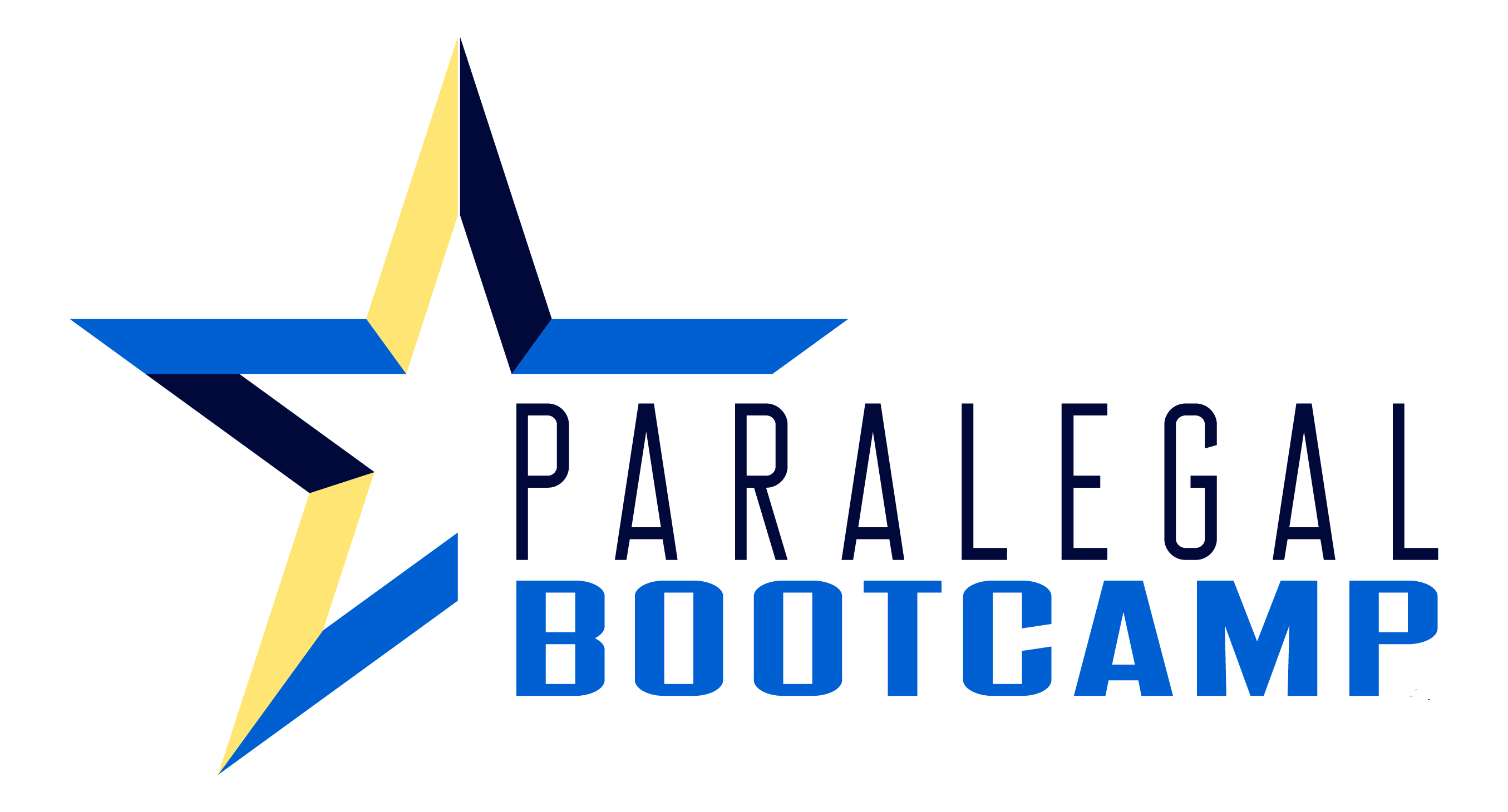In this quick but powerful video, Ann Pearson, creator of the Billable Hour Boot Camp, reveals one game-changing strategy for drafting billable time entries that stay on the bill.
Prefer to read instead? A summary of the video is below. The video is only 5 minutes.
Make Drafting Billable Time Easier
Let’s be honest. How much do you love drafting billable time entries? (Cue eye roll.)
If you’re like most legal professionals, writing time entries is the last thing you want to do after spending hours on substantive work. But here’s the thing: drafting billable time entries isn’t just about tracking your billable hours – it’s about shoring your value. And when done well, it can mean the difference between time that gets paid…and time that gets written off.
So, how do you make drafting billable time less painful and more effective?
Let me show you one of the many strategies that I cover in my Billable Hour Boot Camp.
Use the 5W + 1H formula to show value
Journalists use the 5W +1H formula to make sure they’re telling a complete story.
They ask questions like:
❓ Who, What, Where, When, Why & How ❓
🔎

Who was there?
What happened?
When did it happen?
Why did it happen?
How did it happen?
When you apply the 5W+1H mindset to drafting billable time, you’re not just filling in a timesheet. You’re explaining the full story of the work you performed – first to the billing partner, and then to the partner.
👉 Does every time entry have to answer every one of those questions? Absolutely not! Watch the video for the explanation.
The most important questions: what & why
Let’s break it down.
The two most important questions that must be answered in every single time entry are the what and why of your work.
Some of the other questions are helpful when you are struggling to draft the time entry, and I go into more detail in the Art & Science of Drafting Better Time Entries inside the Billable Hour Boot Camp. For this post, I can give you one example.
Saying you “reviewed documents” doesn’t answer the what or the why questions.
Reviewed what documents?
For what purpose?
Why did it matter to the case/file/client?
For example:
❌ Review and analyze client documents.
✅ Review and analyze client documents to identify and remove privileged documents prior to production to opposing counsel in response to Plaintiff’s Request for Production of Documents.
Think like the client
Here’s a mindset shift: when you’re drafting billable time, don’t write it for yourself. Don’t even write it for the billing partner.
Write it for the client.
Ask yourself: If I were the client reading this invoice, would I understand the value of this task? Would I want to pay for it?
Clients aren’t paying invoices for you to review documents because you like to read. They’re paying for you to protect their privileged information, analyze key provisions, or summarize findings that help their legal strategy.

Meet the Author
. . . . . . . . .
Ann Pearson is the CEO of PRM Group, Inc., the company behind the nationally recognized Paralegal Boot Camp® brand.
Ann has been helping law firms increase billable hours and draft better billable time entries for more than fifteen years.
Before founding the company in 2010, Ms. Pearson had 20 years of experience in the legal industry.
Before PRM, she was the paralegal manager at McKenna, Long & Aldridge LLP, where she managed the paralegals, docket clerks, and case assistants in Atlanta, New York, and San Diego.
Ann was able to significantly increase the profitability of McKenna’s paralegal group through methods that she has developed and refined for years inside the Billable Hour Boot Camp.
Ann brings a unique perspective and way of motivating timekeepers about their billable hours because she has been the timekeeper, the manager, and the coach. Give your associates and paralegals the tools to succeed this year!
